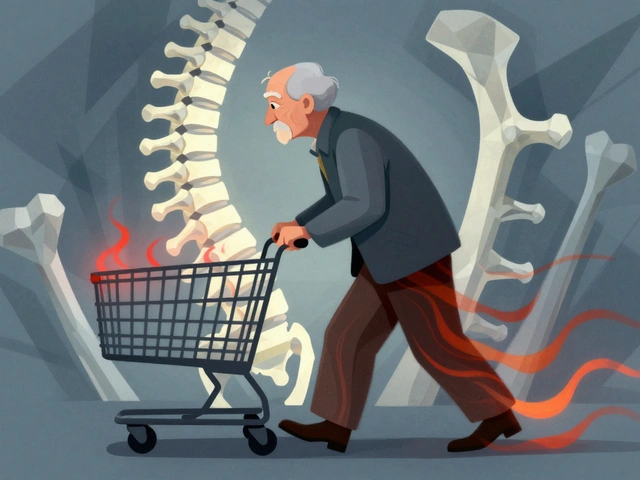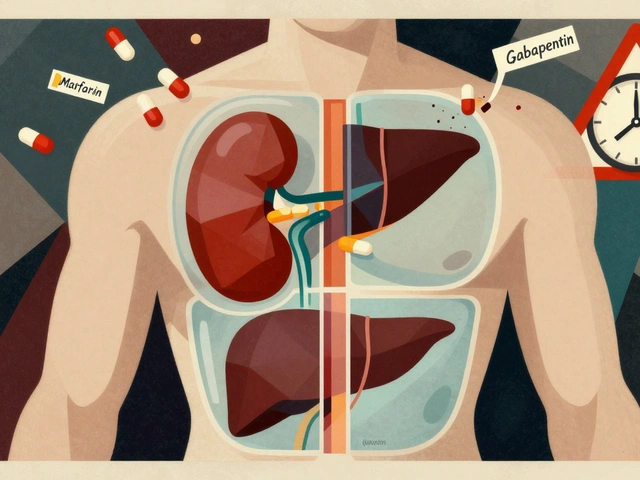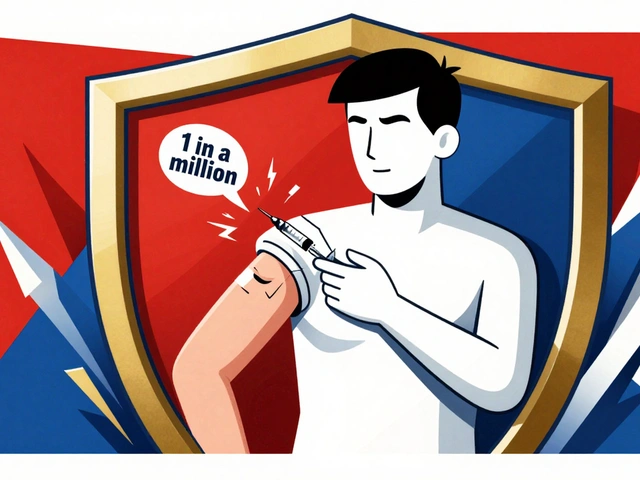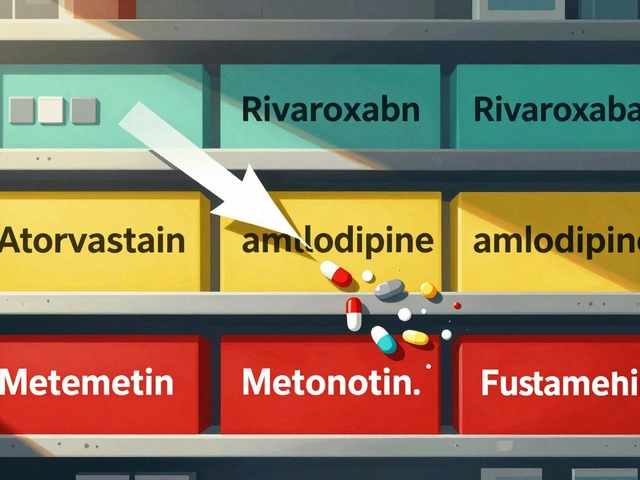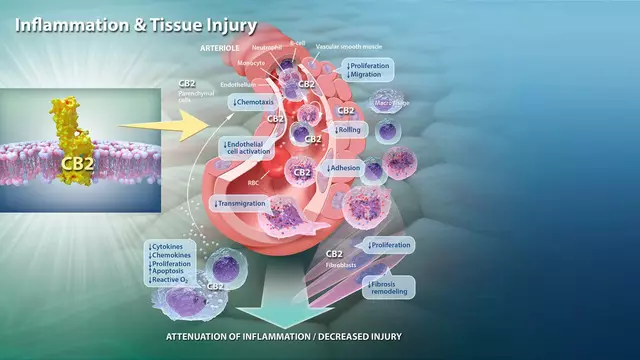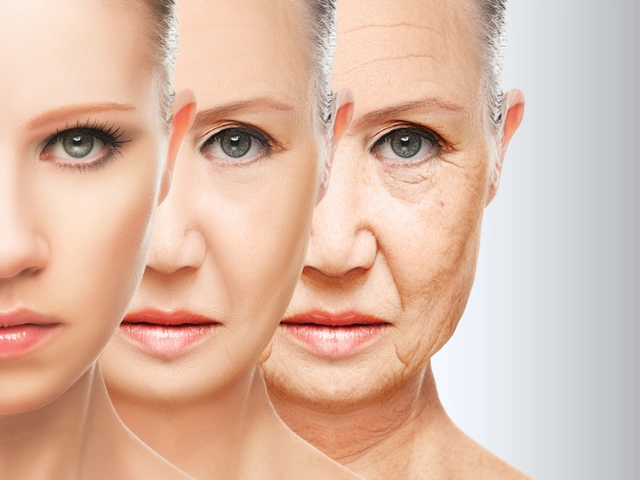DEXA Scan: What It Is, Why It Matters, and What Your Results Mean
When you hear DEXA scan, a low-dose X-ray test used to measure bone mineral density and body fat distribution. Also known as dual-energy X-ray absorptiometry, it’s the gold standard for spotting bone loss before a fracture happens. Unlike regular X-rays, a DEXA scan doesn’t just show broken bones—it tells you how strong they are right now. And it’s not just for older adults. More people in their 40s and 50s are getting scanned because of medications, autoimmune conditions, or long-term steroid use that silently weaken bones.
What you might not know is that the same machine also measures body composition, the ratio of fat, muscle, and bone in your body. This makes it far more useful than a scale or BMI. Athletes use it to track muscle gain. People on weight-loss programs use it to make sure they’re losing fat, not muscle. And doctors use it to spot hidden risks—like low muscle mass in chronic illness or excess visceral fat linked to heart disease. That’s why a DEXA scan isn’t just a bone test—it’s a full-body health snapshot. It’s also non-invasive, quick (under 15 minutes), and uses less radiation than a flight from New York to Los Angeles.
But results don’t mean much without context. A T-score below -2.5 means osteoporosis, but what does that actually mean for your daily life? It doesn’t mean you’ll break a bone tomorrow. It means you have time to act—through diet, exercise, or medication—before things get worse. And if your scan shows low muscle mass? That’s a red flag for frailty, falls, and hospital stays down the road. The good news? Most changes you make now will show up clearly on your next scan.
You’ll find posts here that explain how DEXA scans tie into everything from hormone therapy and cancer treatment to medication side effects and aging. We cover what doctors look for in the numbers, why some people get scanned more than once, and how to interpret results without getting lost in medical jargon. No fluff. Just what you need to understand your scan—and what to do next.
Bone Health Screening: Understanding DEXA Scan Results and Fracture Risk
Learn how DEXA scans measure bone density, interpret T-scores, and assess fracture risk with FRAX. Understand when to get screened and what to do after the results.


